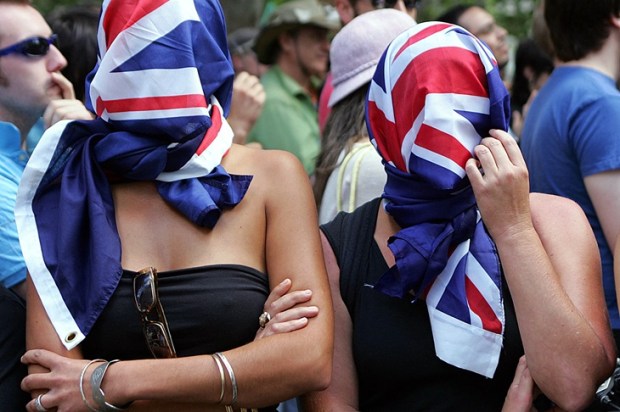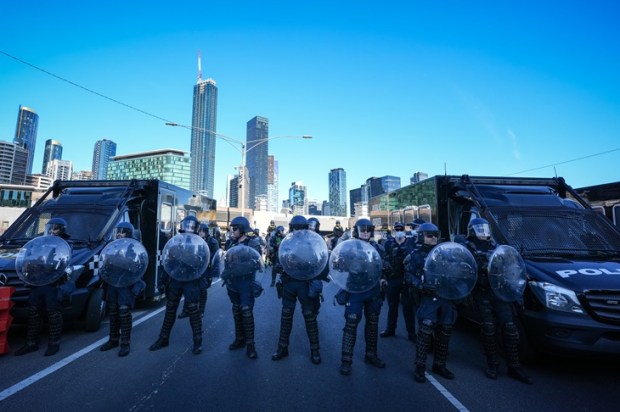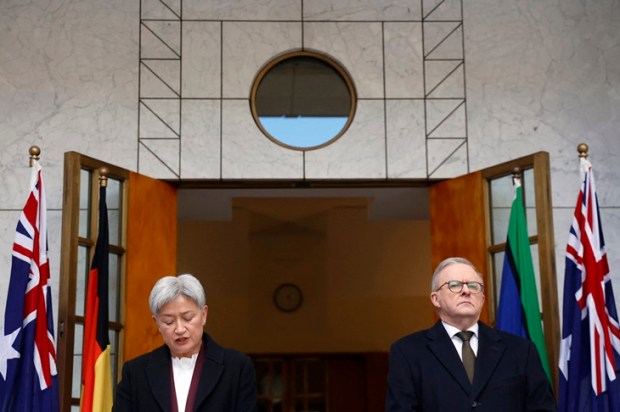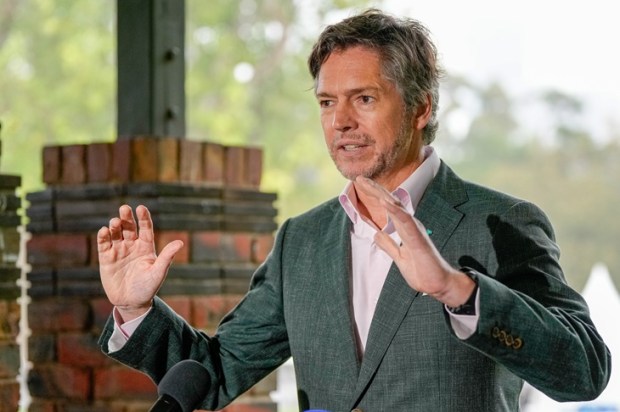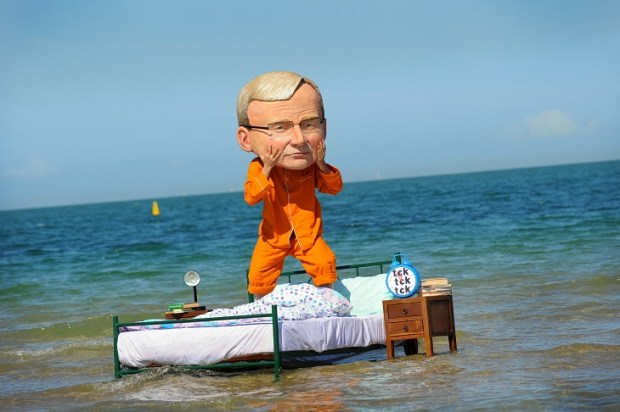The youth have always craved attention. It is a natural part of growing up, feeling out one’s place in the social hierarchy, and an ill-advised way to find a mate. Some species grow colourful feathers or engage in elaborate dances. Others, such as humans, partake in risky behaviour just to hear the cheers of the crowd.
There is nothing new about teenagers doing stupid things during this process. Laying on railway tracks. Playing chicken with cars on the freeway. Strapping fireworks to the neighbour’s mailbox. Jumping off bridges into water of unknown depth – these activities have taken many lives. In the 90s, there was a big problem with kids throwing rocks onto the highway for a laugh until those rocks caused serious accidents. That’s why the bridges are covered in wire.
Social Media has taken localised idiocy and created ‘viral’ trends.
Of these platforms, TikTok has become notorious. Its short videos and extremely young userbase create a perfect breeding crowd for fatal stupidity.
The Daily Mail carried a story recently citing the Australian Bureau of Statistics which revealed that 20 people accidentally fell off cliffs in the last 12 months, most in the process of taking selfies to publish on social media. The article goes on to cite statistics from the iO Foundation in Spain which put the number at 370 between 2008-21. Australia ranked fifth and India took first place with 100 selfie deaths.
While the TikTok platform (and its peers) in no way endorses, encourages, or promotes risky behaviour, groups of users do as part of their eternal competition for clicks, likes, follows, and fame.
Part of the problem is that we have taught children to seek personal achievement through shallow and public portrayals of virtue or activism that involves little more than taking a heavily filtered photograph. This has left an entire generation obsessing about social media trends that would otherwise be a passing hobby.
They take the art of a ‘perfect selfie’ very seriously. The top selfie publishers, also known as influencers, sometimes attract lucrative advertising partnerships and rake in upwards of $5,000 for a single post. It was noted in the Daily Mail that selfie-seeking has killed more young people than Covid, yet you won’t hear any politicians suggesting we de-phone our teenagers ‘for their safety’.
Kids aren’t just perching on the edge of terrifying drops with their phones held aloft… TikTok was eventually sued over the ‘blackout challenge’ when two girls died.
In a desperate attempt to become ‘TikTok famous’, an 8 and a 9-year-old died accidentally after the TikTok algorithm promoted a trend which involved choking to the point of blacking out. The girls were both found hanged in their homes after obsessively (and separately) watching footage of the challenge for hours. A 14-year-old boy, a 12-year-old boy, and others died in similar circumstances.
Considering how dangerous the content on these platforms can be, it is often recommended that parents keep their children away from platforms like TikTok. It’s a bad idea to allow young children to seek fame through posting images and videos of themselves to strangers. We are miles away from the social media we were exposed to as children, where dodgy names on anonymous chat forums were the worst you had to worry about. When the age of social media began, very young kids were not online, but now parents hand their infants ipads to keep them quiet while they’re still in the cradle.
In the beginning, these trending challenges were fun. Remember the ‘Ice Bucket challenge’ and ‘Planking’? The first was to raise money and awareness while the latter was harmless until the competition for attention created a crucible of idiocy. Within weeks, kids were planking between skyscrapers. It appeared that the only limitation placed upon the race for digital fame was death. The Milk Crate challenge is another event that got out of hand when people started stacking extremely dangerous amounts of milk crates up before trying to stand on them. Plenty fell head-first onto the ground.
Things quickly went from demonstrating skill to actively risking serious injury, with users relying on fear, the moron-effect, and shock. The ‘Tide Pods’ challenge, where people deliberately ate laundry detergent pods, is one such example. It’s equivalent to trying to catch a poisonous snake with your bare hands to amuse strangers while people take bets on whether you’ll survive.
This is ‘dare culture’ with an audience of 500 million.
Today, the so-called ‘smartest and Wokest generation in history’ is cooking chicken in NyQuil, supergluing fake fangs to their teeth in the ‘Vampire challenge’ or – wait for it – covering their mirror in Vaseline, setting it on fire, and filming themselves putting out the flames with their bare hands and body parts in the ‘Fire Mirror challenge’.
Platforms like TikTok expose humanity’s lack of self-control and while it may not be directly their fault, they are responsible for ‘trend’ culture that recommends dangerous footage to other fame-hungry youths.
We have three choices.
Parents and schools could take control of children, disciplining them properly, taking their electronic devices off them if they misbehave, and re-educating them to value more out of life than fleeting digital fame.
Our young adults could grow up and start behaving themselves, voluntarily demonstrating some much-needed dignity and sanity. They could prove that they really are ‘the smartest’ and ‘most cultured’ humans ever born and transform social media into a tool that progresses humanity.
Or (the more likely scenario), under the pressure of mounting lawsuits, companies like TikTok will end up banning pretty much everything, hacking away at their platforms until they become glorified noticeboards gathering dust in a forgotten corner of the internet.
In the meantime, places like TikTok let us look the next generation in the eye and boy is it a disturbing sight.


